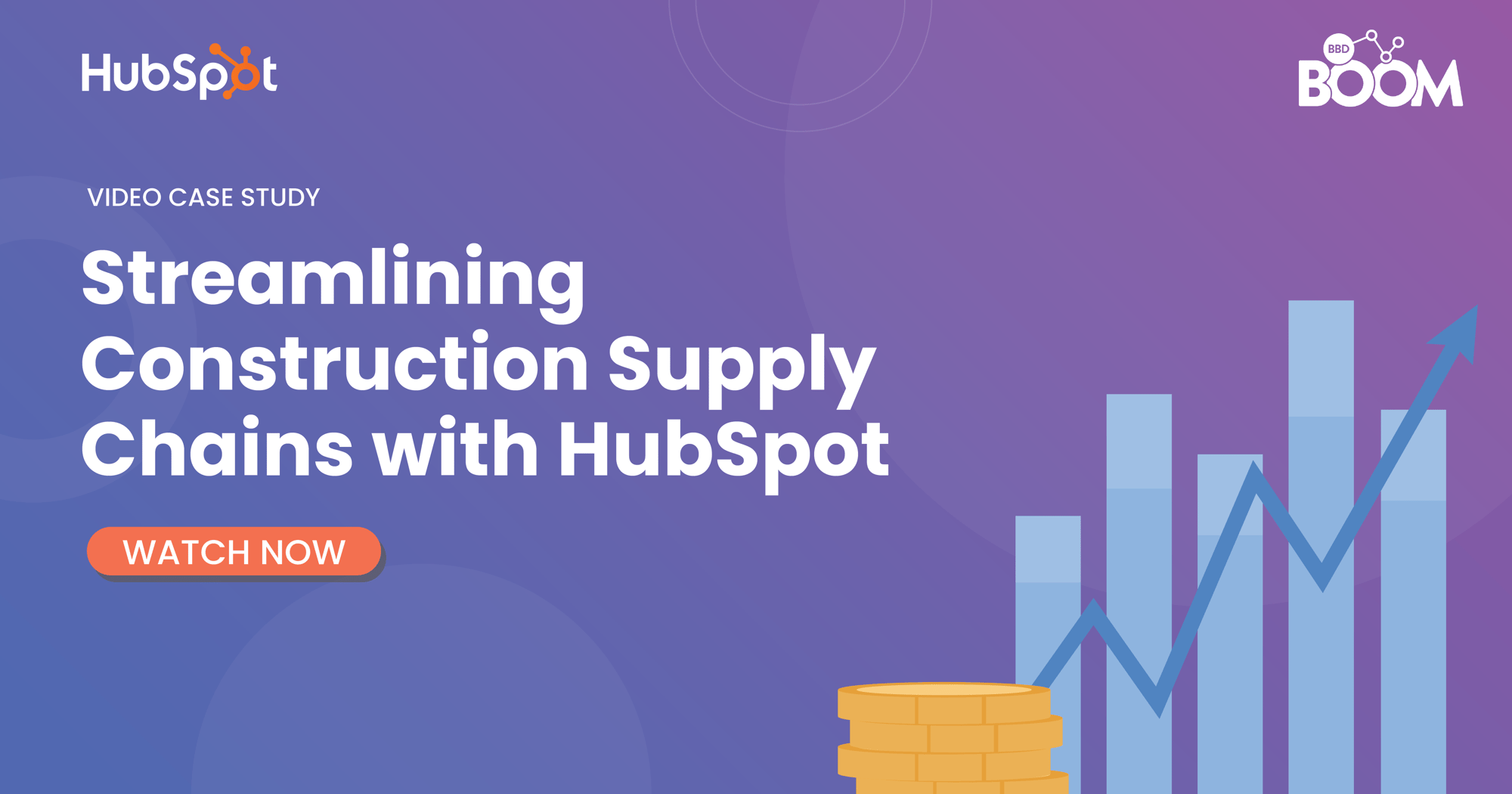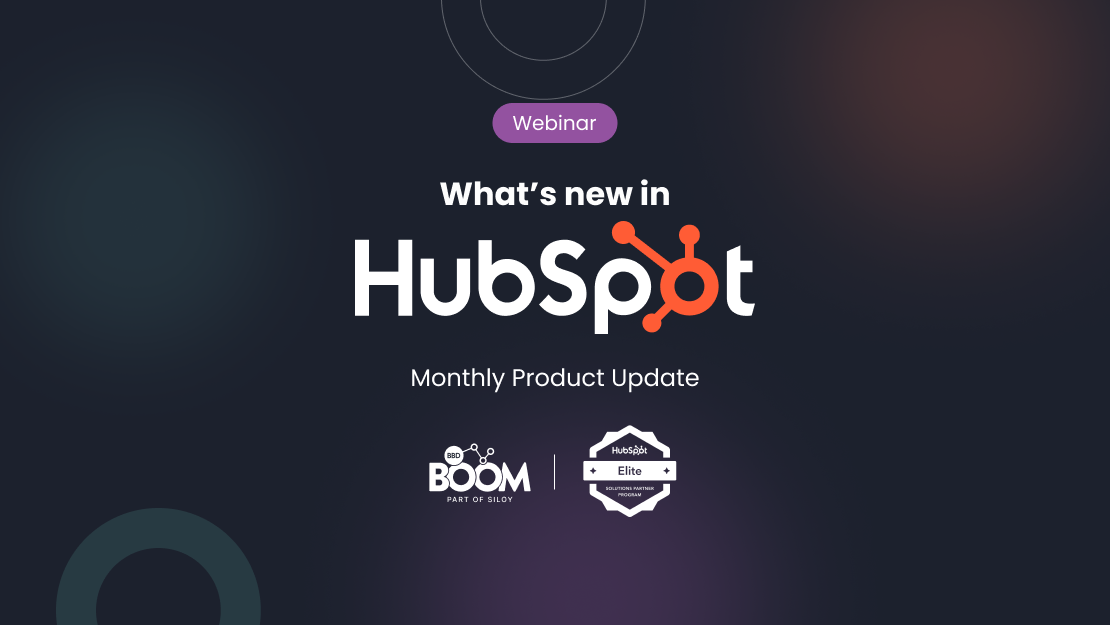Content marketing and inbound marketing: these are two terms that are thrown about the industry on a regular basis, but what are they? How do they differ from one another? Even the most sophisticated marketers can struggle to distinguish between the two. The difference is subtle, but it’s important, so read on to discover what it is.
Content Marketing
The clue is in the name; content marketing is focused on creating and distributing valuable, relevant, and consistent content across multiple channels to attract and retain an audience. Content marketing can take many forms. Let's go through some main categories:
Text content
Heavily text driven content that dives deep into a specific topic, providing as much information as possible. These can include guides, ebooks, or blogs.
Visual content
Content aimed to immediately grab audience attention with stimulating visuals. These can include videos, infographics, or images created around your brand.
Audio content
Content that can easily be consumed while multitasking, during a commute, in the gym, while doing housework, or even in bed at night. The main form of audio content we see today are podcasts.
Inbound Marketing
Inbound marketing is an overarching methodology that not only attracts people who are already looking for your product or service, but also builds meaningful relationships, and contributes to satisfaction throughout the sales and service journeys. A successful inbound marketing strategy requires that a marketer come up with the right marketing mix to reach a brand’s audience. The inbound marketing process consists of three strategies:
Attracting strategies
Attracting your target audience and buyer personas with content creation and development.
Reach audiences with a content strategy comprising blog articles, content offers, and social media, that all provide value. Even further, attract your audiences through content optimised by SEO strategy with keywords and phrases related to your products or services, the challenges you solve for customers, and the ways you help target audience members.
Engaging strategies
Communicate and deal with leads and customers in a way that makes them want to build long-term relationships.
Engaging strategies ensures you are using your digital channels to sell solutions rather than products. This ensures all deals end in mutually beneficial agreements for customers and your business, meaning you provide value for your right-fit customers.
Delighting strategies
Delighting inbound strategies ensure customers are happy, satisfied, and supported after they make a purchase.
A delighted customer becomes a brand advocate and promoter, so incorporating strategies like live chat, chatbots, and social listening are great ways to gage how your customers feel after or during use of your product or service.
If you want to learn more about the benefits of inbound marketing. Well, you’re in luck, yours truly made an amazing blog about it. Read it here.
Relationship between the two
Think of content marketing as a subset of the inbound marketing methodology, as content is only one of the elements used. Inbound marketing is a comprehensive machine in attracting, engaging, and delighting customers, using content as the fuel.
It is clear that content and inbound marketing is very similar, but must not be treated as equal. If you aren’t utilising the full spectrum of inbound practices, you are limiting the potential impact you can have as a marketer. Your inbound initiative is a superset, inclusive of your content assets, but not limited to them. To learn more about the power of inbound, click below to download our ‘Everything you need to know about inbound marketing’ ebook.
.png?width=877&height=508&name=bbd-boom-siloy-navy+blue-logo%20(1).png)
.png)




.jpg)




